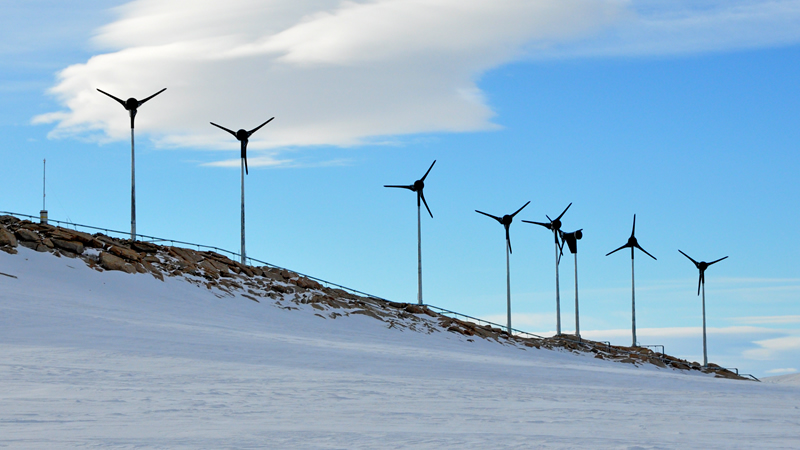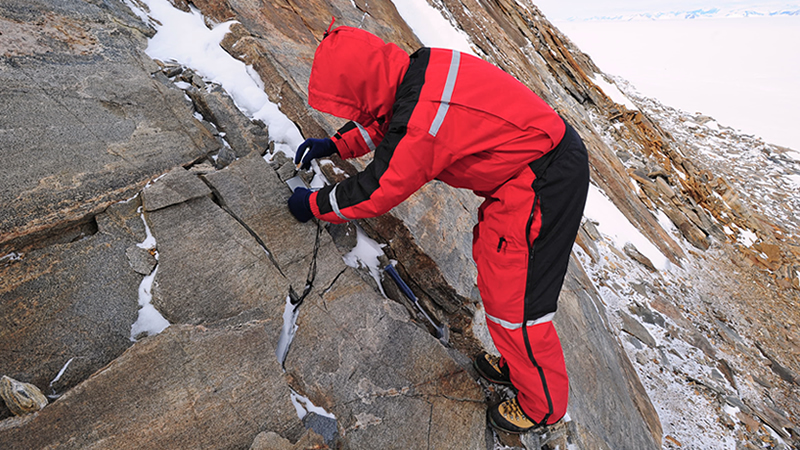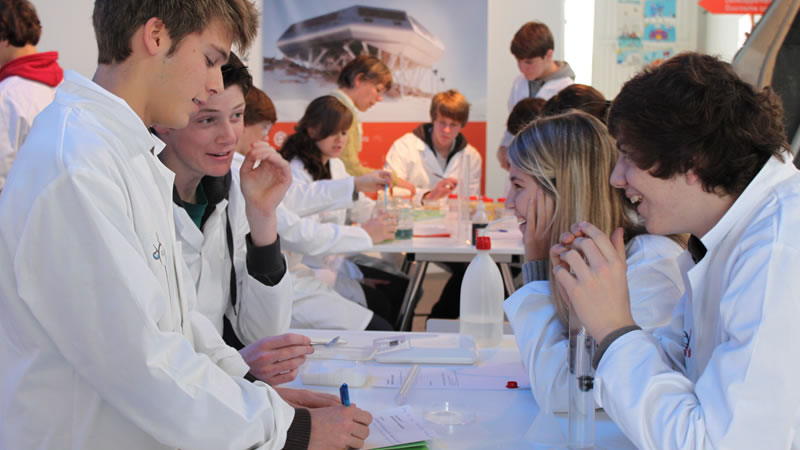Perseus Ready for Arrival: Runway Preparations, New Infrastructure, and Ongoing Science
As the Perseus runway opens for incoming teams, operations at Princess Elisabeth Antarctica move at full pace across logistics, infrastructure, and science.

For decades, Antarctica has been the home of science and an example for preservation governance. The International Polar Foundation heralded the return of Belgium on the continent with the first ever “zero emission” station: Princess Elisabeth Antarctica.
As the Perseus runway opens for incoming teams, operations at Princess Elisabeth Antarctica move at full pace across logistics, infrastructure, and science.
This last week the BELARE team has been busy preparing the three-kilometre long runway at Perseus International Airfield, going on field expeditions, and working on station upgrades.
This week at Princess Elisabeth Antarctica Station (PEA), the team continued making important adjustments to the station while pushing forward with several scientific support missions across the region.
A last inspection of the fully assembled station to ensure it remains stable and secure in strong winds.
Construction at the Winter Park reached a major milestone with the completion of the second wooden hangar. The new structure provides safe storage for scientific equipment and materials, reduces reliance…

The design of the Princess Elisabeth Station goes well beyond the package. Every aspect of the station was worked and re-worked to minimize energy and material loss while optimizing performance and space.

Two seasons of building were needed for the Princess Elisabeth Station to become entirely operational and welcome its first scientists. From 2004 onwards, follow the history of the station as it unfolds.

Princess Elisabeth Antarctica is a puzzle that took existing parts and reassembled them in an innovative way. As a prototype, the station is subjected to perpetual improvements to its efficiency, autonomy, and equipments.

A new station in a vastly unexplored region of Antarctica, Princess Elisabeth Antarctica provides scientists with a wide variety of research environments and the necessary support to conduct their research in the best conditions.